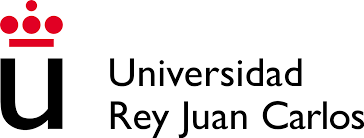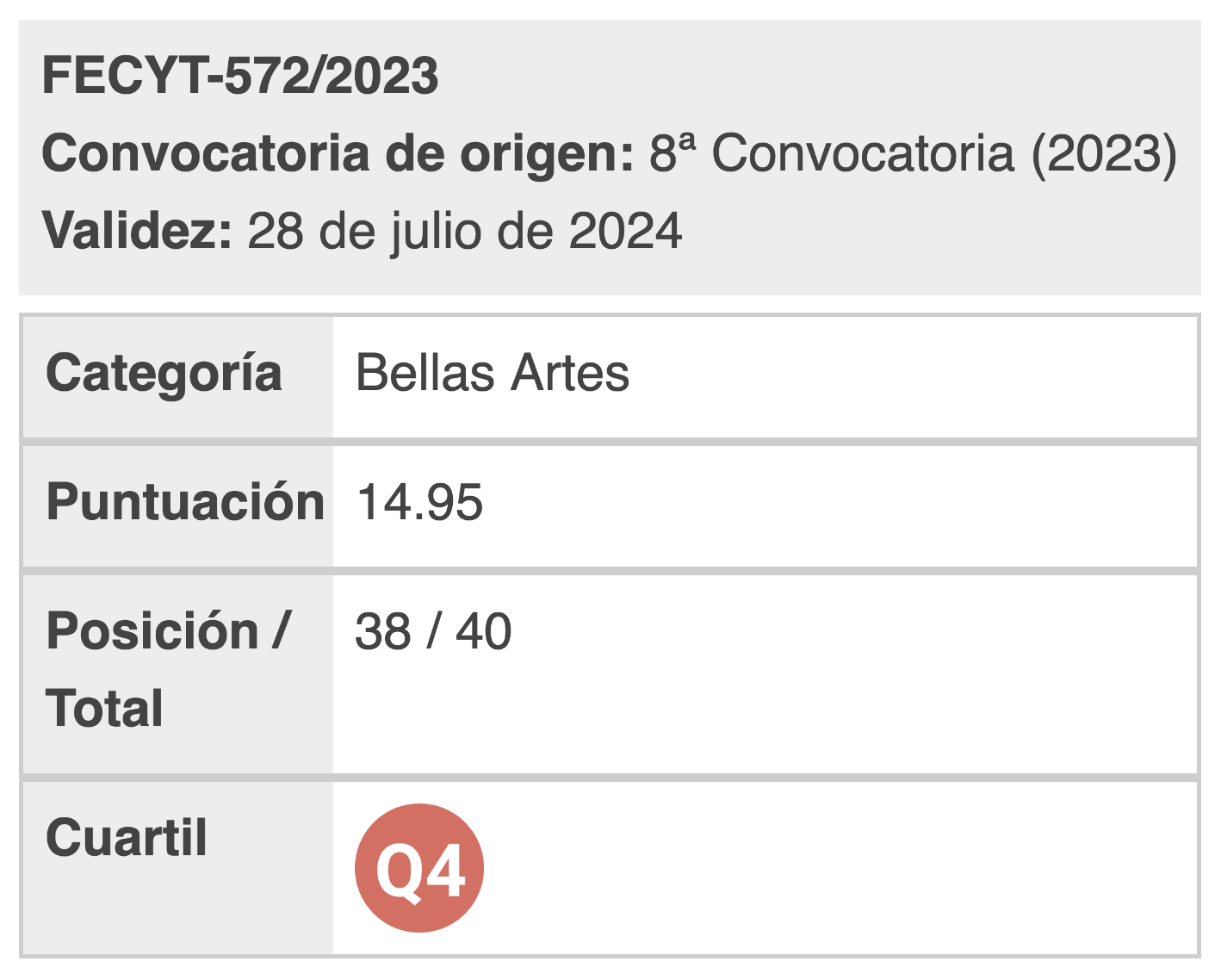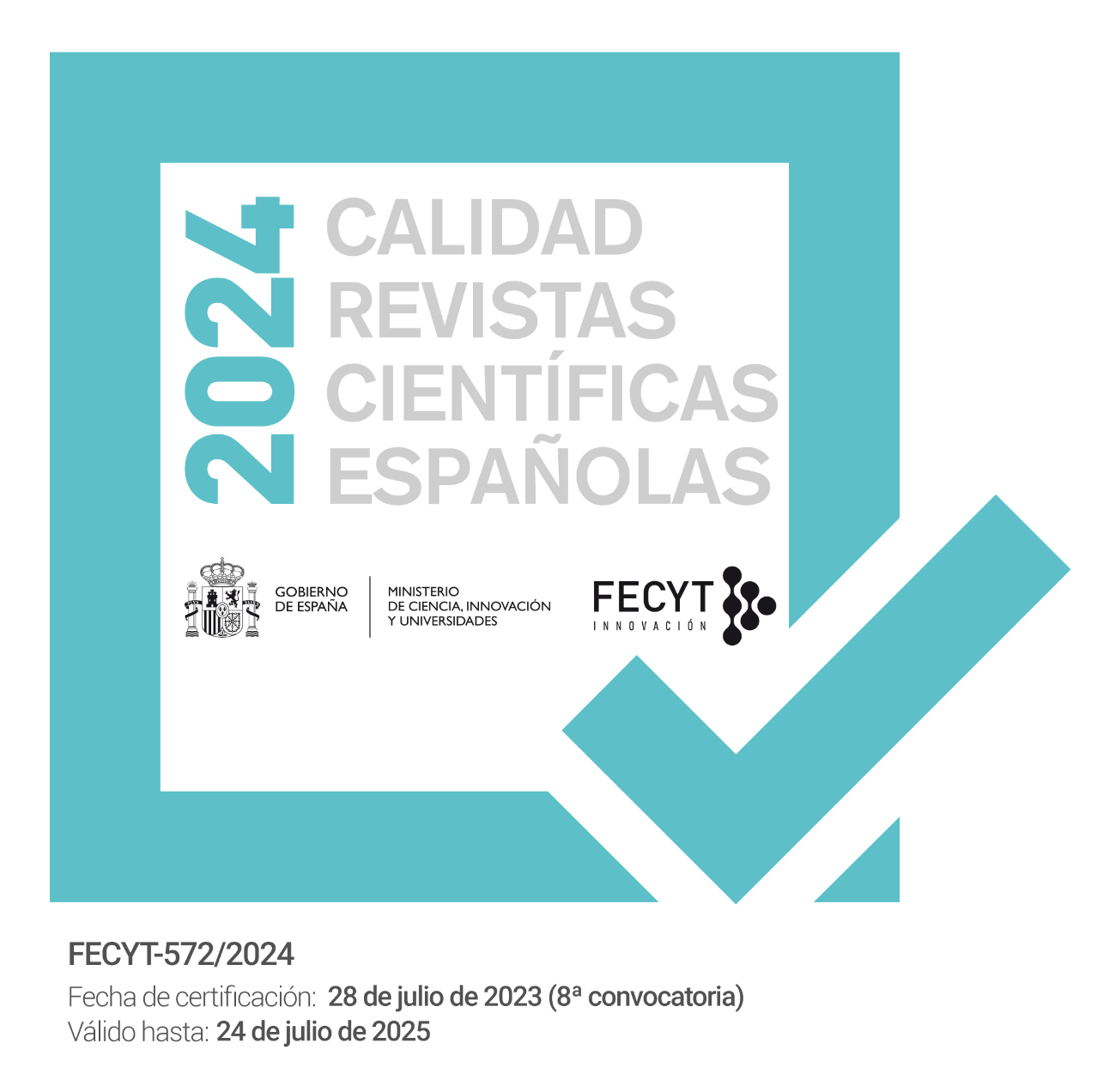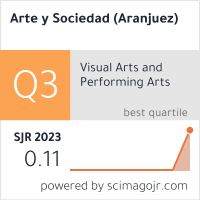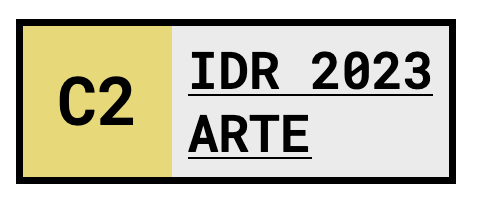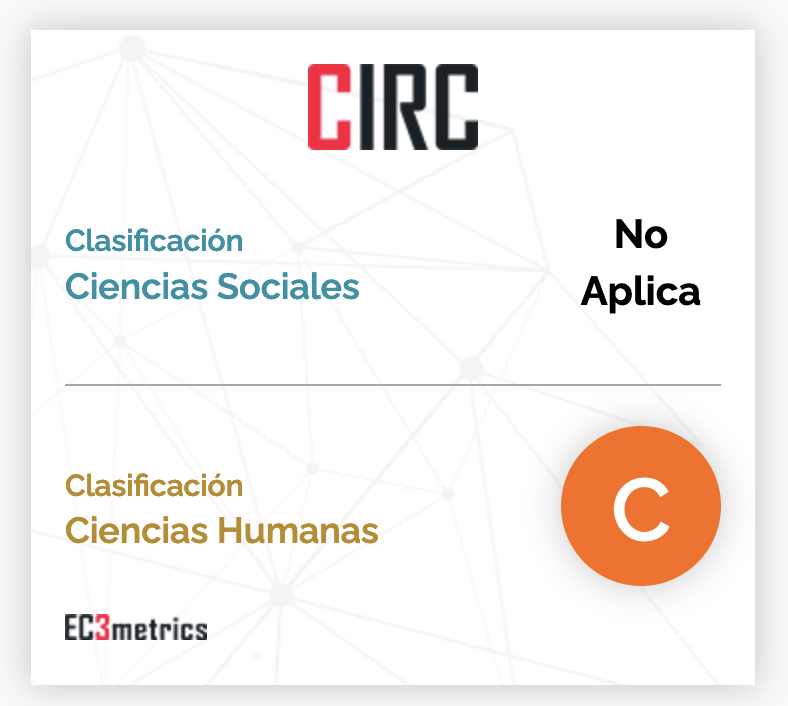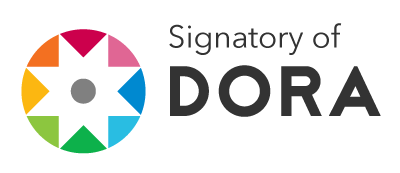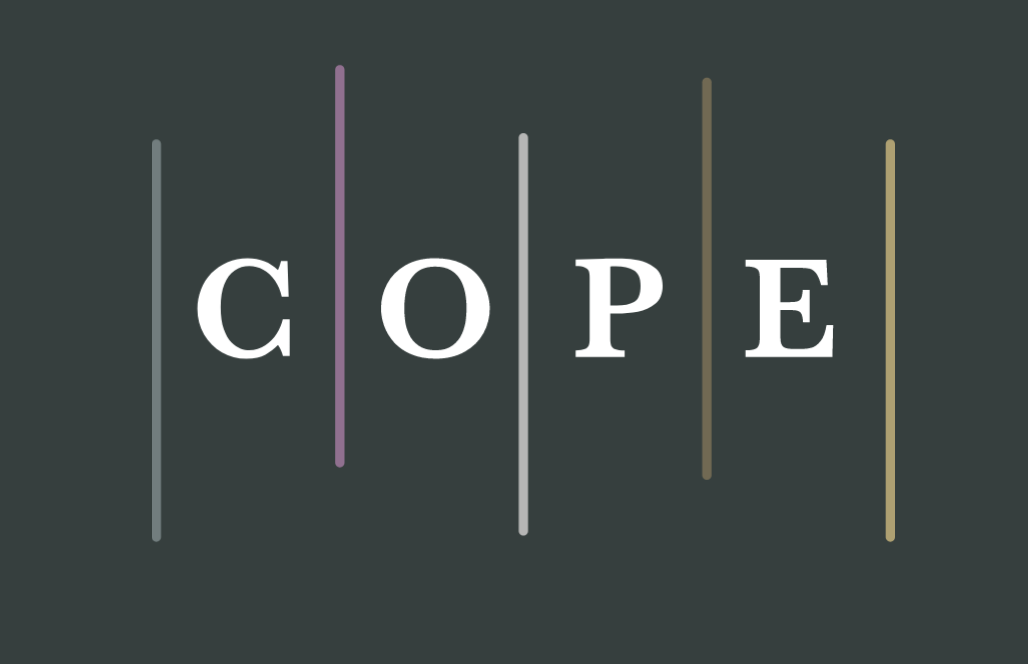GPS art. Referents of digital artistic practices related to control
DOI:
https://doi.org/10.5281/zenodo.7656901Keywords:
Media Art, Digital Art, Control, Data, GPS ArtAbstract
Geographic control systems are one of the most powerful tools of our society. The data they provide offers important information about our movements and our daily habits. The power it provides to the entities that manage to control them has not gone unnoticed in contemporary digital art practices. In our text we analyze the characteristics and context of some of the pioneers.
References
Bentham, B. (1989) El panóptico. El ojo del poder. Bentham en España. (2a). La Piqueta.
CAE. (s. f.-a). Critical Art Ensemble. Recuperado de http://www.critical-art.net
CAE. (s. f.-b). Promesas Utópicas - Net Realidades. Recuperado de Promesas Utópicas- Net Realidades website: http://aleph-arts.org/pens/net_realidades.html
Coombs, B., Yochai (2015). Debates for the Digital Age: The Good, the Bad, and the Ugly of our Online World [2 volumes]. The Good, the Bad, and the Ugly of Our Online World. ABC-CLIO.
Cornelio (coord.), G. S. (2008). Nodo «Locative media y práctica artística: Exploraciones sobre el terreno». Artnodes. https://doi.org/10.7238/a.v0i8.768
de Kerckhove, D. (1999) La piel de la cultura: Investigando la nueva realidad electrónica. Recuperado de https://books.google.es/books?id=QyqgAAAACAAJ
Deleuze, G. (2006) Post-scriptum sobre las sociedades de control. Recuperado de http://journals.openedition.org/polis/5509
Digital Manifesto Archive. (s. f.) Recuperado 30 de julio de 2019, de https://www.digitalmanifesto.net/manifestos/51/
Foglia, E. (2008) Redes paralelas y cartografías detectoras: Prácticas sociales y artísticas con medios locativos. Artnodes. Recuperado de http://www.uoc.edu/artnodes/8/dt/esp/foglia.pdf
Fusco, C. (2004, diciembre 16). Questioning the Frame. In These Times. Recuperado de http://inthesetimes.com/article/questioning_the_frame
Galloway, A. & Ward, M. (2005) Locative media as socializing and spatializing practices: Learning from archaeology. New York University Press, (2005). Recuperado de http://www.purselipsquarejaw.org/papers/galloway_ward_draft.pdf
Gersón, B. L. (2016) Geolocalización online: La importancia del dónde. Editorial UOC.
Gibson, W. (2006) Neuromante. Recuperado de https://books.google.es/books?id=Vxu6GQAACAAJ
IAA. (s. f.). I-See. Recuperado de http://www.appliedautonomy.com/isee.html
Jenkins, H. (2008) Convergence culture: La cultura de la convergencia de los medios de comunicación. Grupo Planeta (GBS).
Loca Lab. (2006) Loca: Set To Discoverable. Recuperado de http://www.loca-lab.org
Proboscis. (s. f.). Urban tapestries. Recuperado 30 de julio de 2019, de http://urbantapestries.net/
RIXC. (2004). ART + COMMUNICATION 2004. Recuperado 30 de julio de 2019, de Art+Communication: TRANS CULTURAL MAPPING website: http://rixc.lv/04/en/info/index.html
TCM Locative Reader. (2006, julio 25) Recuperado 30 de julio de 2019, de Dérive website: https://parth.wordpress.com/2006/07/25/tcm-locative-reader/
The Institute for Applied Autonomy (IAA). (2005). Engaging Ambivalence: Interventions in Engineering Culture. En The Institute for Applied Autonomy (IAA). (Vol. 02, pp. 95-105). Brooklyn (New York): Autonomedia.
Tuters, M., & Varnelis, K. (2006) "Beyond Locative Media: Giving Shape to the Internet of Things." Leonardo, 39 (4), 357-363. Recuperado de JSTOR.
Uncovering Ctrl: Activismo: GPS para cruzar fronteras indemnes. (2011, octubre 10). Recuperado 31 de julio de 2019. De Uncovering Ctrl website: http://uncovering-ctrl.blogspot.com/2011/04/gps-para-cruzar-fronteras-indemne.html
University College London. (2019) OpenStreetMap. Recuperado 31 de julio de 2019, de OpenStreetMap website: https://www.openstreetmap.org/

Published
How to Cite
Issue
Section
License

This work is licensed under a Creative Commons Attribution 4.0 International License.
You are free to:
Share — copy and redistribute the material in any medium or format.
Adapt — remix, transform, and build on the material for any purpose, including commercial.
Attribution — You must properly acknowledge the authorship, provide a link to the license, and indicate if any changes have been made.
You may do so in any reasonable manner, but not in any way that suggests that you endorse or receive any endorsement by the licensor for your use.
No additional restrictions — You may not apply legal terms or technological measures that legally restrict you from doing what the license allows.

